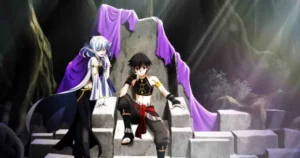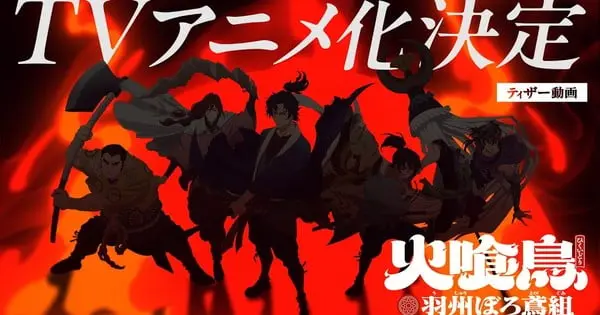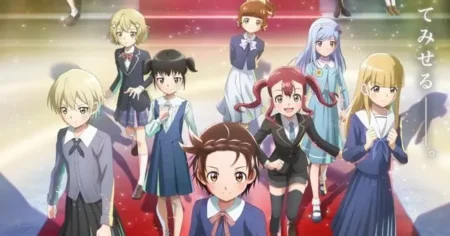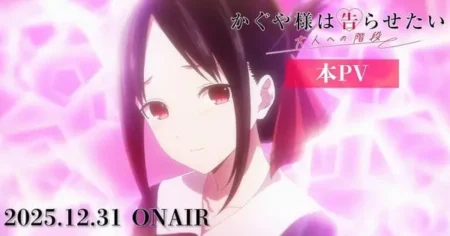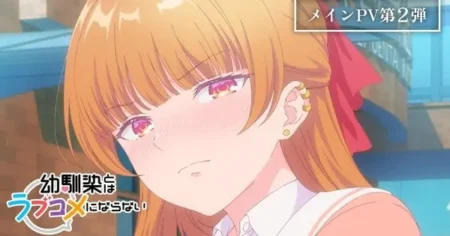Shōgo Imamura’s historical novel, Hikuidori (Fire Eater), is set to ignite screens with both a television anime and a manga adaptation. The story, the first volume in Imamura’s Ushūboro Tobigumi series, plunges viewers into the world of Edo-era firefighters battling blazes and mysterious arsons.
Hikuidori Story Set to Unfold in Manga and Anime
The manga adaptation, illustrated by Shinobu Seguchi (Shūjin Riku), is scheduled to launch in Spring 2025. Meanwhile, the anime adaptation is slated for release in Winter 2026, with Synergy SP in charge of animation production. A teaser video is available, offering a glimpse into the world of Hikuidori.
The series synopsis highlights a team of heroes in the Edo era who save countless lives amidst a series of mysterious arsons engulfing Edo. The firefighters relentlessly race to save the city from these blazes.
Ushūboro Tobigumi Novel Series: The Source Material
Imamura launched the Ushūboro Tobigumi novel series with Hikuidori in 2017. Shodensha has published 12 volumes of the novel, along with a collection of spinoff short stories released in 2022. The novel won the sixth Yoshikawa Eiji Bunko Award in 2021.
Shōgo Imamura: Author of Historical Fiction
Shōgo Imamura is also the author of the 2022 Ikusagami (Last Samurai Standing) novels. A manga adaptation of Ikusagami, drawn by Katsumi Tatsuzawa, launched in Kodansha’s Morning magazine in 2022, and is licensed by Kodansha USA Publishing. Netflix is producing a live-action series based on Imamura’s Last Samurai Standing novels, scheduled for release in November.
Edo Period Firefighters: The Hikeshi
The anime and manga adaptations of Hikuidori will portray the historical context of firefighting in the Edo period (1603-1868). During this era, fires were a significant threat in the densely populated city of Edo (present-day Tokyo). The houses were constructed primarily of wood, and oil lamps and candles were the primary sources of light, creating ideal conditions for fires to spread rapidly.
Organized fire brigades emerged in large Japanese cities during the Edo period to combat this threat. By 1738, Edo employed over 11,000 firefighters (hikeshi) for a population of around one million. By 1850, this number grew to 24,000 hikeshi.
Machibikeshi vs. Jobikeshi
There were two main types of fire brigades:
- Machibikeshi: Private, volunteer fire brigades composed of ordinary citizens who extinguished fires in residential areas.
- Jobikeshi: Samurai fire brigades who extinguished fires in samurai districts.
Firefighting Techniques
Due to the limited firefighting capabilities of manual fire pumps, the primary method of containing fires was to demolish neighboring structures to prevent the fire from spreading. Firefighters were often from the lower classes and were admired for their bravery. They were also known for their strong group identity, with many adopting elaborate body tattoos (horimono) as symbols of solidarity and masculinity.


